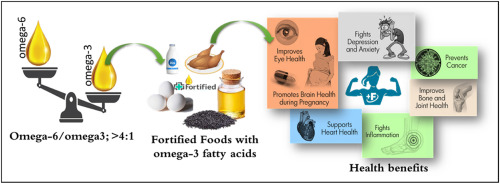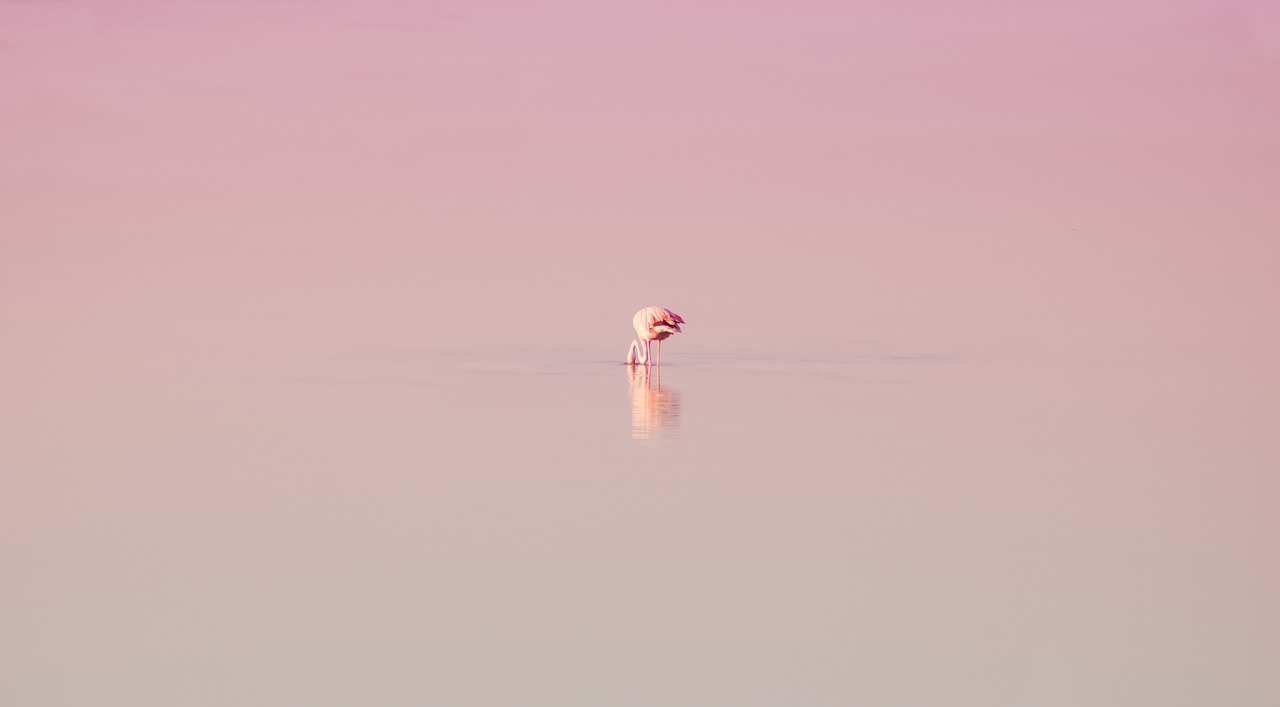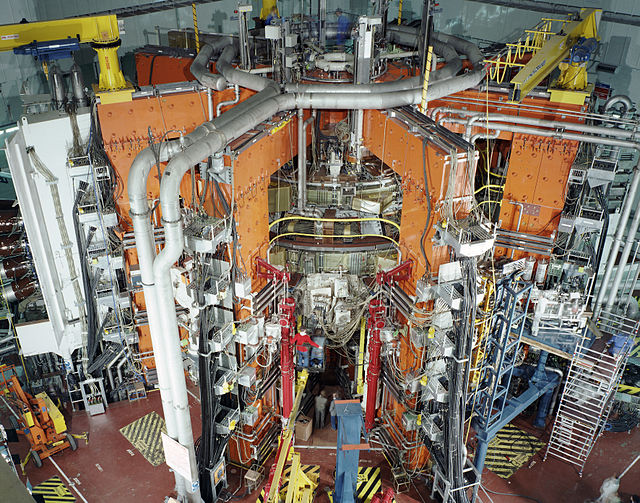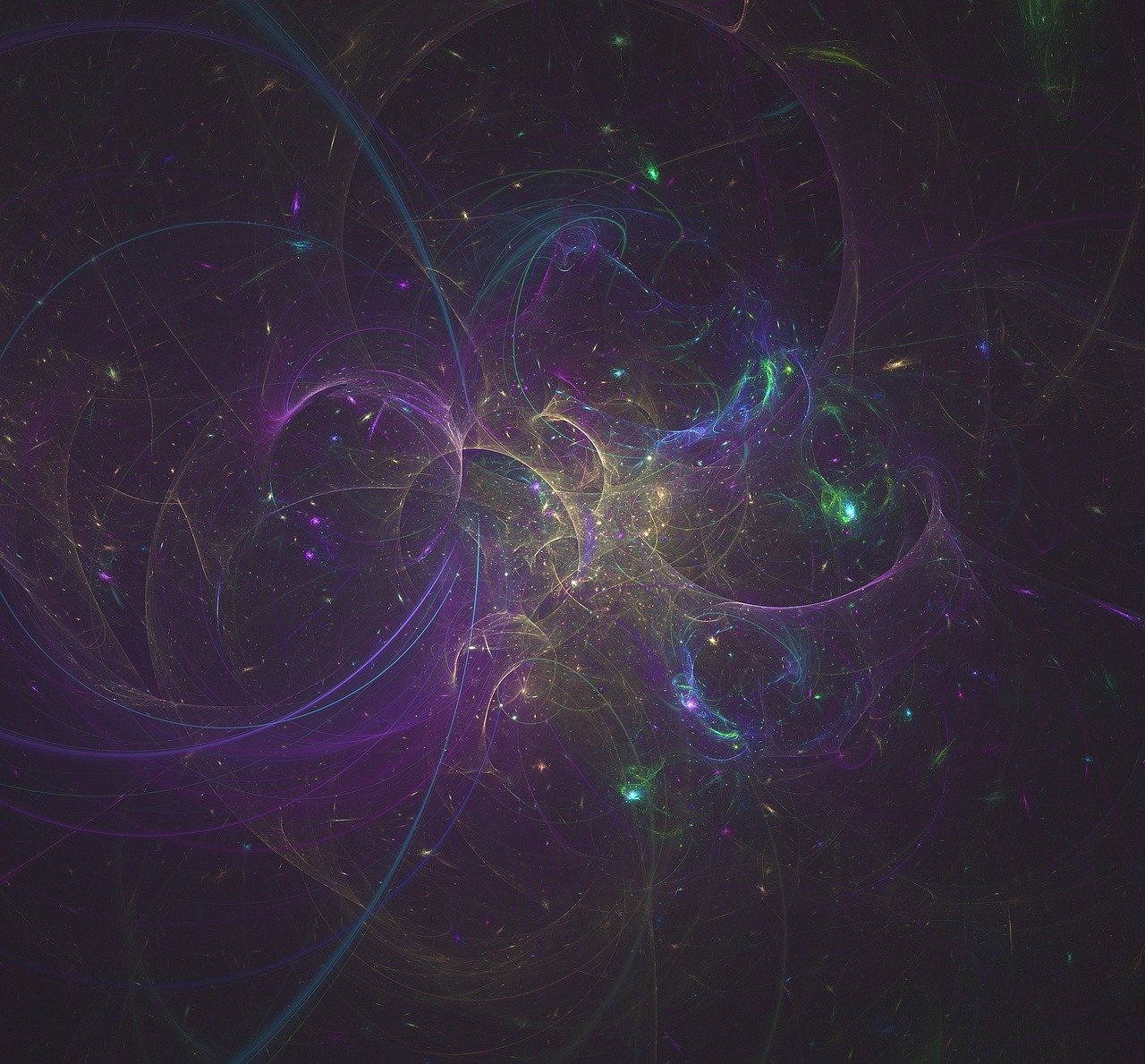Table of Contents
The mid-20th century marked a pivotal moment in design history, giving rise to a style that continues to influence our homes and aesthetics today. Mid-Century Modern design, born in the post-World War II era, emerged as a revolutionary movement that seamlessly blended nature, function, and futurism. In this article, we’ll explore the key elements and enduring appeal of Mid-Century Modern design and how it continues to shape our contemporary world.
nullIf you’d like to dive deeper into this subject, there’s more to discover on this page: 4 Characteristics of Mid-Century Modern Design – 2023 – MasterClass
I. The Roots of Mid-Century Modern
Mid-Century Modern design was a direct response to the ornate and overly embellished styles that preceded it. It drew inspiration from various sources, including the Bauhaus movement’s emphasis on functionality, the streamlined aesthetics of Art Deco, and the organic forms found in nature. The fusion of these influences resulted in a style that was both minimalist and innovative.
Mid-Century Modern design, born in the mid-20th century, emerged as a refreshing departure from the ornate and elaborate design trends that had dominated the early 1900s. This design movement was a reflection of the changing times, responding to the post-war era’s desire for simplicity, functionality, and a renewed focus on the essentials of living.
At its core, Mid-Century Modern design took inspiration from a diverse array of sources. Firstly, it drew upon the principles of the Bauhaus movement, which championed functionality and the elimination of unnecessary ornamentation. This influence emphasized the idea that form should follow function, resulting in furniture and architectural designs that were not just visually appealing but also highly practical and efficient.
From the Art Deco movement, Mid-Century Modern design inherited a streamlined aesthetic, characterized by clean lines, geometric shapes, and a sense of understated elegance. This infusion of Art Deco’s minimalist sensibilities lent a touch of sophistication to the movement, even as it maintained a strong commitment to simplicity.
In addition to these influences, Mid-Century Modern design found inspiration in the organic forms present in nature. This was a departure from the rigid geometry of the Bauhaus and the streamlined geometry of Art Deco. Mid-Century designers sought to integrate the natural world into their creations, using materials like wood and incorporating curves and organic shapes. The result was furniture and architecture that felt harmonious with the environment, creating spaces that were not only functional but also visually pleasing and calming.
The fusion of these diverse influences gave birth to a design style that was simultaneously minimalist and innovative. Mid-Century Modern designers believed in the idea that less is more, and this philosophy manifested in furniture pieces that were both visually striking and remarkably comfortable. Iconic designs like the Eames Lounge Chair and the Barcelona Chair exemplify this balance between form and function, where aesthetics were never compromised for utility.
The enduring appeal of Mid-Century Modern design lies in its timeless elegance, its commitment to functional beauty, and its ability to seamlessly integrate into contemporary living spaces. Today, as we continue to appreciate the simplicity and innovation of Mid-Century Modern design, it serves as a reminder that great design can transcend its era and remain relevant for generations to come.
Explore this link for a more extensive examination of the topic: Art Deco | Definition, Characteristics, History, Artists, Architecture …

Organic Forms
Mid-Century Modern design embraced the natural world, incorporating organic shapes and materials like wood, stone, and leather. The aim was to bring the outdoors in and create a harmonious connection with nature.
Mid-Century Modern design was a breath of fresh air in the world of aesthetics, celebrating the beauty of the natural world by seamlessly blending it with human-made environments. This movement, which emerged in the mid-20th century and remains influential today, went beyond the mere incorporation of organic shapes and materials; it sought to establish a profound and harmonious connection between interior spaces and the great outdoors. Here’s a deeper dive into how Mid-Century Modern design fostered this connection:
Minimalistic Aesthetic: Mid-Century Modern design championed minimalism, focusing on clean lines, uncluttered spaces, and a “less is more” philosophy. By reducing excess, it allowed nature’s inherent beauty to take center stage, emphasizing simplicity and functionality.
Integration of Natural Elements: Wood, stone, leather, and other natural materials were hallmarks of Mid-Century Modern interiors. These materials were often left in their raw or unaltered states, showcasing their unique textures and patterns. They brought an authentic, tactile connection to the natural world into homes and spaces.
Open Floor Plans: Mid-Century Modern homes often featured open floor plans with large windows and sliding glass doors that blurred the boundaries between indoors and outdoors. These expansive glass surfaces invited natural light to flood interiors, making them feel like extensions of the surrounding landscape.
Indoor-Outdoor Living: The movement popularized the concept of indoor-outdoor living. Homes were designed with outdoor patios, terraces, or decks that seamlessly flowed from interior spaces. These outdoor areas became ideal spots for relaxation, entertaining, and enjoying the natural environment.
Iconic Furniture Design: Mid-Century Modern furniture design emphasized organic forms and functionality. Pieces like the Eames Lounge Chair and the Noguchi Coffee Table showcased the beauty of wood and leather, creating furniture that was both stylish and comfortable.
Nature-Inspired Patterns: Textiles and patterns in Mid-Century Modern design often featured nature-inspired motifs. Geometric patterns resembling leaves, branches, and other organic shapes were commonly used in upholstery, rugs, and wallpaper, further connecting interiors to the natural world.
Bringing Greenery Inside: Houseplants and indoor gardens were embraced in Mid-Century Modern interiors. These living elements added vitality and a sense of nature to indoor spaces, contributing to the movement’s commitment to blurring the lines between inside and outside.
Embracing Organic Forms: Mid-Century Modern designers drew inspiration from the natural world, incorporating organic forms into their creations. Furniture and architectural elements often featured curvilinear shapes reminiscent of the contours of trees, rocks, and flowing water.
Sustainability and Environmental Awareness: Mid-Century Modern design, in its use of natural materials and emphasis on simplicity, foreshadowed modern sustainability principles. The movement’s ethos aligns with contemporary efforts to create eco-friendly and energy-efficient living spaces.
Timeless Appeal: The enduring popularity of Mid-Century Modern design attests to its timeless appeal. Its ability to foster a deep connection with nature and its emphasis on functional beauty continue to resonate with homeowners and designers seeking a harmonious, nature-infused living environment.
In summary, Mid-Century Modern design was not merely a stylistic choice; it was a philosophy that embraced the natural world and sought to integrate it into everyday life. By using organic materials, open spaces, and a minimalist aesthetic, it forged a lasting bond between interior spaces and the great outdoors. This legacy of harmonious design endures as a testament to humanity’s deep-seated connection with nature and the enduring appeal of Mid-Century Modern principles.
You can also read more about this here: Evan Reid – Your Source for Exquisite Mid-Century Modern Furniture

Functionality
Functionality was paramount. Furniture and architectural elements were designed with purpose in mind, often featuring clean lines, uncluttered spaces, and multifunctional pieces.
During this era, functionality was not just a consideration; it was a guiding principle that permeated all aspects of design. The commitment to purposeful design went beyond aesthetics, shaping the very essence of furniture and architectural elements. Here’s how this dedication to functionality played a pivotal role:
Clean Lines and Simplicity: At the heart of this functional approach was a commitment to clean lines and simplicity. Furniture pieces and architectural elements were stripped down to their essential forms, devoid of unnecessary ornamentation. This minimalist approach not only created a visually pleasing environment but also eliminated distractions, allowing occupants to focus on the functionality of the space.
Uncluttered Spaces: Clutter was anathema to the modernist ethos. Designers sought to create uncluttered spaces that promoted efficiency and clarity of purpose. This meant that storage solutions were integrated seamlessly into the design, keeping belongings neatly tucked away and leaving surfaces unencumbered.
Multifunctional Ingenuity: The pursuit of functionality often led to ingenious solutions in the form of multifunctional furniture and architectural elements. For example, a sofa might transform into a bed, a dining table could double as a desk, or a room divider might include storage compartments. This adaptability maximized the utility of every piece, a testament to the efficient use of space.
Ergonomic Considerations: Functionality extended to the ergonomics of furniture and spatial layouts. Seating, for instance, was designed with human comfort in mind, taking into account factors such as posture, body mechanics, and ease of use. This ergonomic focus ensured that the designs not only looked good but also felt good to use.
Efficient Use of Materials: Sustainability was a natural byproduct of this functional approach. Designers aimed for efficient use of materials, minimizing waste and excess. This emphasis on resourcefulness not only aligned with the ideals of the era but also set a precedent for environmentally conscious design in the years to come.
User-Centered Design: User-centered design was a central tenet. The needs and preferences of the occupants were paramount, shaping the design process. Spaces were created to facilitate daily routines and activities, enhancing the overall quality of life for those who inhabited them.
Versatile Open Floor Plans: The open floor plan, a hallmark of modernist design, exemplified functionality in architecture. Walls were often eliminated to create flexible, flowing spaces that could adapt to various uses. This versatility allowed for a seamless transition between different functions within a single space.
Emphasis on Natural Light: Natural light was harnessed as both a functional and aesthetic element. Large windows and open layouts allowed ample daylight to flood interiors, reducing the need for artificial lighting and creating a connection to the outdoors.
In essence, functionality was the driving force behind modernist design, and its influence continues to resonate in contemporary architecture and interior design. The dedication to clean lines, uncluttered spaces, multifunctionality, and user-centered solutions remains a touchstone for designers seeking to create spaces that not only look appealing but also enhance the way we live and interact with our environment. It is a legacy that reminds us that design should always serve a purpose, and in doing so, it can elevate our daily experiences in profound ways.
For a comprehensive look at this subject, we invite you to read more on this dedicated page: GlobalTrends_2040.pdf

Minimalism
The style’s minimalistic approach celebrated simplicity and eschewed excess ornamentation. Clean lines and open spaces allowed for a sense of airiness and light within interiors.
nullIf you’d like to dive deeper into this subject, there’s more to discover on this page: Creating Cool: Bringing Midcentury Modern Vibes to Your Home

Futuristic Elements
Mid-Century Modern also embraced futuristic concepts and materials, incorporating innovative technologies and materials such as plastic, fiberglass, and steel into its designs.
Mid-Century Modern was not just about looking back; it was also about looking forward, with a keen eye on the future of design. This era, spanning roughly from the mid-1940s to the early 1970s, was marked by a deep-seated belief in the potential of technology and a commitment to pushing the boundaries of what was possible in design and architecture.
Innovative Materials: One of the defining characteristics of Mid-Century Modern design was its embrace of innovative materials. Designers and architects eagerly explored the potential of materials like plastic, fiberglass, and steel. These materials not only offered new possibilities in terms of form and function but also reflected the optimism of an era that believed in the promise of a brighter future. Plastic, for example, was celebrated for its versatility, allowing for the creation of molded chairs with fluid, organic shapes. Fiberglass, on the other hand, allowed for the production of lightweight, durable, and often iconic furniture pieces. Steel, with its strength and flexibility, was employed in the construction of iconic buildings and bridges, showcasing the material’s potential for both aesthetics and structural integrity.
Efficiency and Streamlining: Mid-Century Modern design was also characterized by an emphasis on efficiency and streamlining. This was a time when household appliances, cars, and even architectural elements were designed to be sleek, functional, and space-saving. The use of steel, in particular, allowed for the construction of open, airy spaces with large windows and minimal structural support, creating a sense of transparency and connection to the outdoors.
Integration of Technology: The Mid-Century Modern era was marked by an eagerness to integrate technology into everyday life. Homes were designed with the latest appliances and conveniences, and futuristic gadgets were embraced as symbols of progress. The design of furniture and interiors often incorporated space-age elements, from built-in radios to innovative lighting fixtures. These designs were a reflection of the era’s fascination with space exploration and the promise of a high-tech future.
Environmental Considerations: While Mid-Century Modern celebrated progress and innovation, it also laid the groundwork for an awareness of environmental sustainability. Designers began to consider the impact of materials and production processes on the environment, setting the stage for future movements in eco-friendly design.
In essence, Mid-Century Modern was a celebration of progress, innovation, and the belief in a better future. It was a time when designers and architects pushed the boundaries of what was possible, exploring new materials, technologies, and design principles. The legacy of this era continues to influence contemporary design, reminding us of the enduring appeal of the Mid-Century Modern aesthetic and its commitment to both form and function.
You can also read more about this here: Cyberparadism | Aesthetics Wiki | Fandom

III. Iconic Designers and Architects
Prominent designers and architects played a significant role in shaping the Mid-Century Modern movement. Visionaries like Charles and Ray Eames, Eero Saarinen, and Ludwig Mies van der Rohe created iconic furniture and buildings that have become synonymous with the era’s style.
Prominent designers and architects of the Mid-Century Modern movement not only played a significant role in shaping the aesthetic language of their time but also laid the groundwork for a design ethos that transcends generations. Their innovative ideas and groundbreaking creations continue to inspire and influence contemporary design in various ways.
Charles and Ray Eames: This husband-and-wife duo, known for their groundbreaking contributions to furniture design, were champions of innovation. Their iconic Eames Lounge Chair and Ottoman, with its combination of molded plywood and leather, epitomized the Mid-Century Modern aesthetic. Their work was not just about aesthetics but also about functionality and mass production, making good design accessible to a wider audience.
Eero Saarinen: Saarinen’s architectural designs are celebrated for their elegance and innovation. The Tulip Chair, Womb Chair, and the TWA Flight Center at JFK Airport are just a few examples of his groundbreaking work. Saarinen’s ability to blend form and function in his designs helped redefine the possibilities of modern architecture and interior design.
Ludwig Mies van der Rohe: Mies, often associated with the famous dictum “less is more,” was a pioneer of minimalist architecture and design. His creation of the Barcelona Chair and the Farnsworth House showcased his mastery of clean lines and the use of industrial materials like steel and glass. Mies’ emphasis on open space and simplicity continues to influence contemporary design and architecture.
What sets these visionaries apart is not just their innovative designs but also their commitment to pushing the boundaries of what was possible in the realm of design. Their work represented a departure from the ornate styles that preceded Mid-Century Modernism and, instead, embraced a sense of clarity, functionality, and timelessness.
Today, the legacy of these designers and architects lives on in a variety of ways. Their furniture pieces are still highly sought after and reproduced by contemporary manufacturers, attesting to the enduring appeal of their designs. Moreover, their philosophies of blending form and function, embracing minimalism, and utilizing innovative materials continue to inspire designers across the globe.
In the 21st century, we see a resurgence of interest in Mid-Century Modern design principles. Contemporary designers and architects draw inspiration from these visionaries, incorporating elements of clean lines, minimalism, and the use of natural materials into their work. The Mid-Century Modern movement not only defined an era but also established a design language that remains relevant and influential, reminding us that timeless design knows no bounds.
Don’t stop here; you can continue your exploration by following this link for more details: Mid Century Modern Design | Sloane & Sons Blog

IV. Mid-Century Modern in Architecture
Mid-Century Modern design left an indelible mark on architecture, with its emphasis on open floor plans, large windows, and integration with the natural environment. Homes from this era often feature flat planes, asymmetric facades, and a commitment to blurring the boundaries between indoors and outdoors.
Mid-Century Modern design, born out of the post-World War II era, not only left an indelible mark on architecture but also redefined the way we perceive and interact with our living spaces. At its core, this design movement embraced a forward-looking optimism and a desire for simplicity and functionality.
One of the most striking features of Mid-Century Modern architecture is its unwavering commitment to open floor plans. These layouts fostered a sense of unity and flow within homes, breaking down the barriers between individual rooms. This openness allowed for a greater sense of connectedness, encouraging families to gather and interact more freely within their homes. It was a design philosophy that echoed the spirit of post-war optimism and the desire for a brighter future.
Large windows became an iconic element of Mid-Century Modern homes. These expansive glass panels not only flooded interiors with natural light but also forged a deep connection between the indoor and outdoor spaces. They served as a canvas for nature’s artwork, bringing the beauty of the surrounding environment inside. It was as if the architecture itself was a frame for the changing seasons, transforming homes into dynamic, living environments.
Asymmetric facades and the use of geometric shapes were also hallmarks of Mid-Century Modern architecture. These elements added an element of playfulness and visual interest to the design, breaking away from the rigid symmetry of earlier architectural styles. The use of unconventional angles and lines created a sense of movement and vitality in buildings, further emphasizing the departure from traditional norms.
Beyond the physical design, Mid-Century Modern architecture embodied a profound philosophical shift. It was a rejection of excess and a celebration of the essential. The design principles emphasized simplicity and functionality, with an emphasis on clean lines and minimal ornamentation. This philosophy extended to the use of materials, where natural wood, steel, and glass were often the primary elements, lending an organic and timeless quality to the structures.
In essence, Mid-Century Modern architecture not only left a lasting mark on the physical landscape but also transformed the way we inhabit and experience our homes. Its legacy endures in contemporary design, where the principles of open, light-filled spaces, a harmonious connection with nature, and a commitment to simplicity continue to shape our built environments. It is a testament to the enduring appeal of a design movement that captured the essence of a hopeful and forward-looking era.
For a comprehensive look at this subject, we invite you to read more on this dedicated page: Mid Century Modern Design | Sloane & Sons Blog

V. Contemporary Influence
The Mid-Century Modern style’s enduring appeal is evident in contemporary design trends. Its emphasis on sustainability, functionality, and the use of natural materials resonates with modern sensibilities. Today, Mid-Century Modern furniture and decor remain highly sought after, and new designs often draw inspiration from this timeless era.
nullYou can also read more about this here: Why Atomic Age Design Still Looks Futuristic 75 Years Later …

Mid-Century Modern design represents a convergence of nature, function, and futurism, giving birth to a style that has left an indelible mark on the world of design and architecture. Its enduring appeal lies in its timeless simplicity, the fusion of natural elements, and a forward-looking vision of what the future could be. As we continue to adapt and evolve in the 21st century, Mid-Century Modern design serves as a reminder that good design transcends time and continues to shape our world.
Mid-Century Modern design is not merely a style; it’s a cultural movement that encapsulates an era of optimism, innovation, and a profound shift in design philosophy. Rooted in the mid-20th century, it emerged as a response to the complexities of the post-war world. Here’s a deeper exploration of its enduring influence:
Simplicity with Purpose: One of the hallmark traits of Mid-Century Modern design is its simplicity. Clean lines, uncluttered spaces, and a focus on functionality characterize this aesthetic. Furniture pieces, for example, are celebrated for their minimalist elegance, often featuring organic forms and materials like wood and leather. The simplicity wasn’t just for aesthetics; it was a deliberate choice to make everyday living more efficient and enjoyable.
Natural Integration: Mid-Century Modern architects and designers sought to bring the outdoors in. Large windows, open floor plans, and an emphasis on nature-inspired elements like wood and stone created a seamless connection between the interior and exterior spaces. This integration with the natural world not only enhanced aesthetics but also improved the overall well-being of occupants.
Innovative Materials and Techniques: The Mid-Century Modern era witnessed significant advancements in materials and construction techniques. New materials such as fiberglass and molded plywood were introduced, allowing designers to experiment with novel forms and shapes. These innovations led to iconic designs that pushed the boundaries of what was possible in furniture and architecture.
Forward-Looking Vision: Mid-Century Modern designers had a vision of the future. They embraced the possibilities of technology and materials to create designs that felt futuristic for their time. Concepts like modular furniture and open-plan living were groundbreaking and continue to influence contemporary design trends.
Timeless Appeal: The enduring popularity of Mid-Century Modern design lies in its timeless appeal. Its clean lines and organic forms have a universal charm that transcends trends. Whether it’s a vintage piece from the mid-20th century or a modern reinterpretation, Mid-Century Modern design effortlessly fits into a variety of settings, from traditional to contemporary.
Sustainability: In today’s world, Mid-Century Modern design is also appreciated for its sustainable aspects. The use of natural materials and the emphasis on durability align with modern eco-conscious values. Many people are drawn to Mid-Century Modern precisely because it offers a sustainable alternative to disposable, fast-fashion furniture.
Design as Lifestyle: Beyond aesthetics, Mid-Century Modern design represents a way of life. It’s about embracing simplicity, functionality, and a connection to the environment. These values continue to resonate with those who seek a balanced and purposeful approach to modern living.
As we navigate the complexities of the 21st century, Mid-Century Modern design stands as a beacon of inspiration. Its legacy reminds us that design is not just about aesthetics but also about shaping the way we live and interact with our surroundings. It teaches us that by marrying nature, functionality, and innovation, we can create spaces and products that are not only beautiful but also enduring and meaningful.
Explore this link for a more extensive examination of the topic: Global Trends 2030: Alternative Worlds
More links
Additionally, you can find further information on this topic by visiting this page: Global Trends 2030: Alternative Worlds
